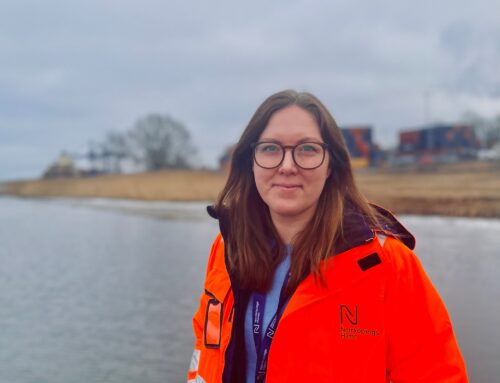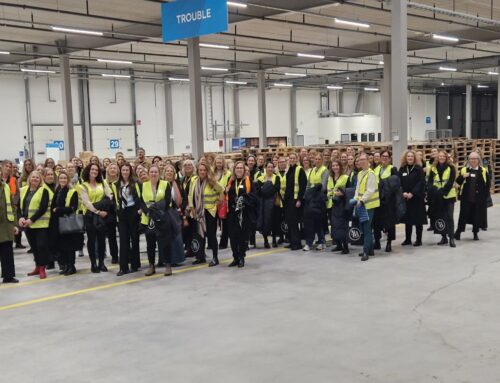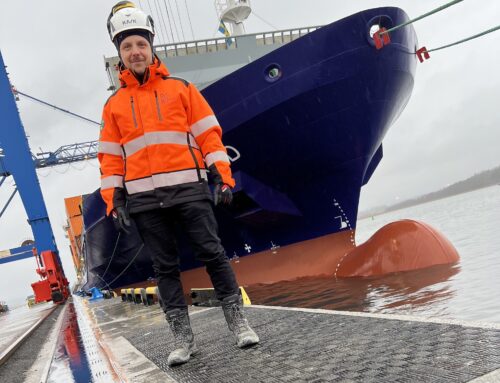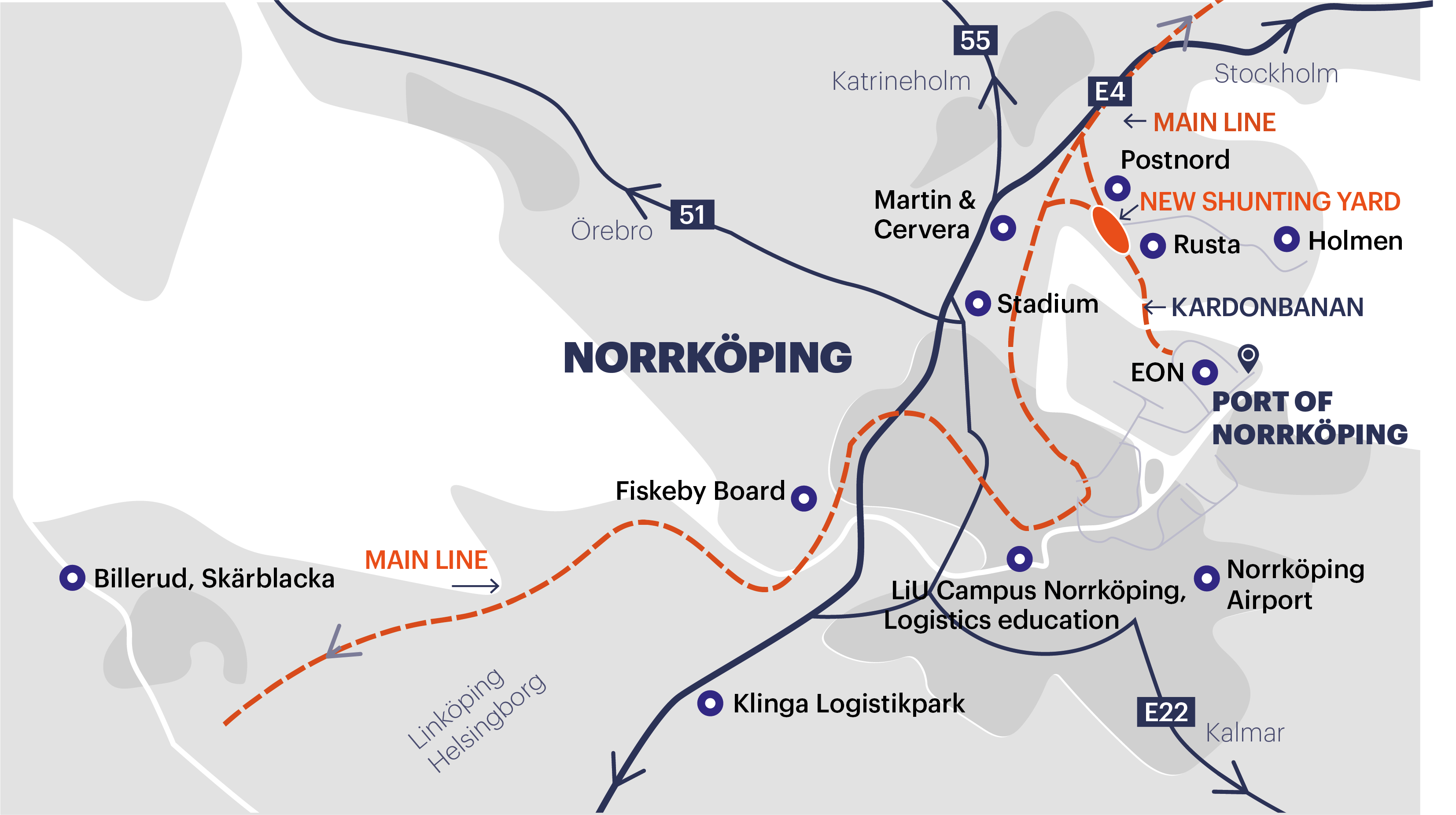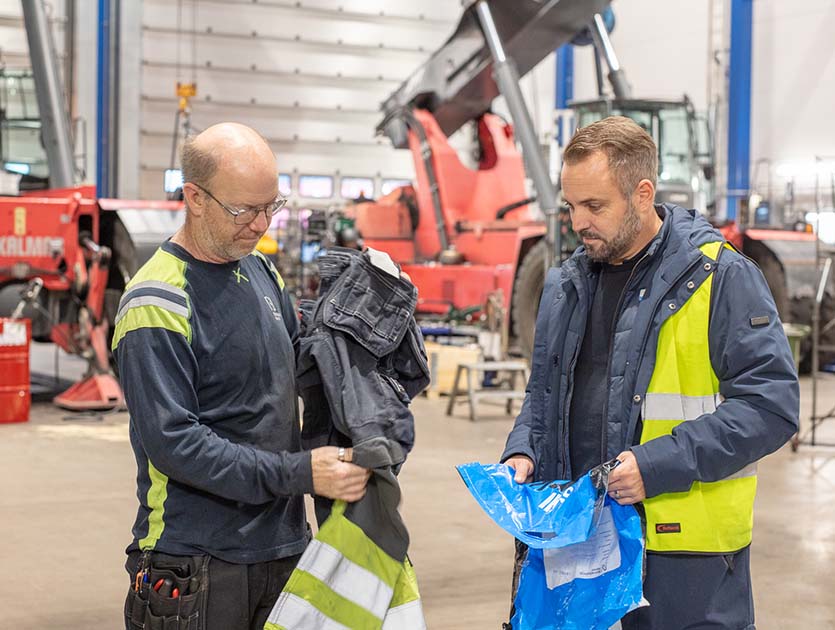
2025-01-29
In a pilot project together with Ahlsell, our used workwear is getting a new life. Today, the clothing industry is estimated to account for between four and eight percent of the world’s climate-impacting emissions. At the same time, enormous amounts of clothing end up in the trash, even though they could be reused or recycled. By extending the lifespan of garments or finding new uses for them, it is possible to make a significant contribution to the climate.
“The pilot project is an excellent way for us to integrate sustainability into our daily operations and show our employees how they can make a difference. Right now, we are focusing on workwear, but the next step could involve reducing our fuel consumption or investing in solar panels. Through small, concrete choices that make a big difference in the long run, we can create a more sustainable workplace together,” says Hans Karlsson, Environmental and Quality Manager at Port of Norrköping.
A simple recycling system in place at the port area
The pilot project consists of three parts: Repair and Patch, Recycling, and Disposal. Ahlsell has placed dedicated collection bins for the three recycling streams in selected areas of the port. Clothing that is still usable is sent to a tailor for repairs, while worn-out garments go to recycling, and contaminated clothing is sent to disposal for safe handling. The project encourages port employees to drop off their workwear in one of the bins instead of throwing them away.
“Our process is simple and efficient. We collect the clothing once a week, and since the project started this summer, we have gathered around 150 kilos for recycling,” says Daniel Bernhard, Sales Representative at Ahlsell.
A collaboration driving change
The project also reflects Ahlsell’s sustainability goals, which focus on making it easier for customers to make sustainable choices.
Ahlsell, in turn, collaborates with Fristads, the largest supplier of workwear, which has been working with innovative circular processes for several years. The clothing collected for recycling at Port of Norrköping is sent to Fristads, where metal parts such as buttons and zippers are removed before the garments are processed into textile fibers that can be used to produce new clothing.
“We are convinced that the future of personal protective equipment will involve reused garments. That’s why we want to be early adopters and explore what works. Many of our customers have ambitious sustainability goals, and this way, we can help them reduce the climate impact of their workwear,“ says Anders Nyqvist, Key Account Manager for Personal Protective Equipment at Ahlsell.
“We want to ensure that every garment is used to its maximum potential and has the longest possible lifespan. By working with sustainability on multiple fronts, we hope this project can inspire more people to take similar actions,” concludes Hans Karlsson.
This text is an excerpt from Ahlsell’s newsletter.

